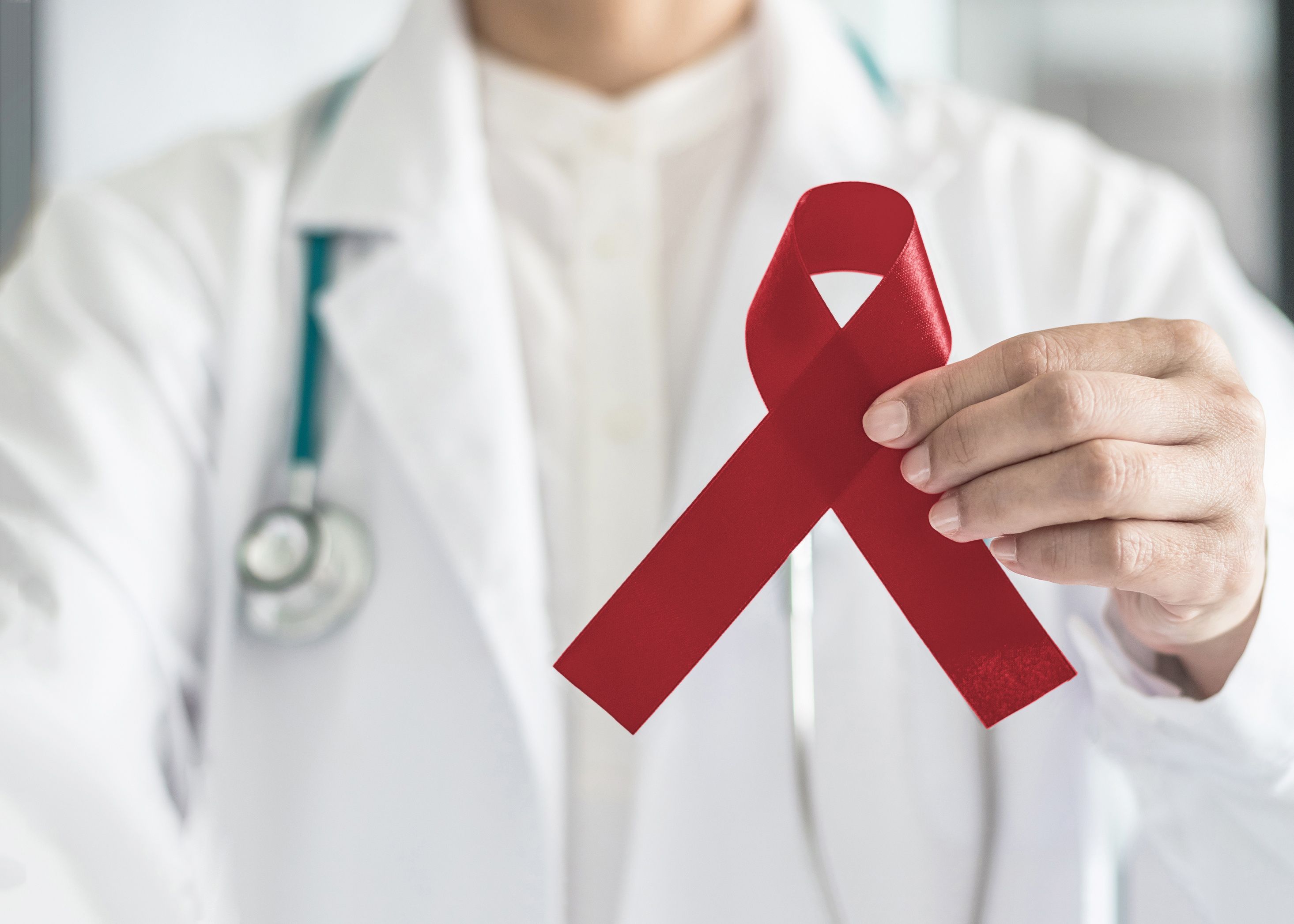Video
Quality Initiatives in MPNs: Assessing Symptoms and Patient Adherence
Pharmacy specialists discuss quality initiatives in MPN management by sharing advice on assessing symptoms and patient adherence.
Ryan Haumschild, PharmD, MS, MBA: It’s great that you both are leveraging these great resources. You’re right. Sometimes what patients want to know has to be customized to them. They need some of the disease data experts like yourselves to help develop this material, whether it’s through ACCC [Association of Community Cancer Centers], HOPA [Hematology/Oncology Pharmacy Association], ONS [Oncology Nursing Society], or ChemoExperts. It sounds like that’s the right approach, and it’s great to hear that education is getting out there for patients. We need to continue to develop that strategy more, because outside of MPNs [myeloproliferative neoplasms], a lot of different disease states need that expertise where a patient can digest it, take it home, and then call back with questions so they aren’t demotivated to pursue some of the therapies based on what they’ve read, and we can have more accurate information.
Sharita Howe, PharmD: I have 1 more thing to add. You spoke on some of the different organizations that are sharing this information, including NCODA and ACCC. NCODA has Positive Quality Interventions, and they have 1 for MPNs. With their Positive Quality Interventions, they’re able to develop initiatives, have them peer reviewed, and then share them to members of NCODA. It isn’t always that you have to start an initiative from the ground up. Sometimes you’re able to use the resources that you already have to develop that initiative within your practice. This initiative has already been peer reviewed and tried at other institutions, so you don’t have to reinvent the wheel. You can start to utilize these different resources that are available.
I can’t speak to the other organizations, but I know NCODA has that. I’m sure HOPA and ACCC [might]. Or if you’re attending some of these conferences, talk to other pharmacists and see what they’re doing. Because we don’t always have to start an initiative from scratch. It can be something that we got from somebody else.
Ryan Haumschild, PharmD, MS, MBA: It’s great to leverage shared expertise because that’s how you drive change. I’m glad you jumped in with that. I appreciate you sharing that. As we transition from education, we also have to be thoughtful of how we manage and assess the disease symptoms of MPNs. We know they’re complex. We’ve talked about that. There are a lot of different treatment strategies, and MPNs can be variable to the specific one that we’re referring to.
Jeff, maybe you can talk a little about how you’re developing some type of risk assessment tool or assessment of your patients with MPN to identify how severe their disease is, how their symptoms are rolling out, and whether they’re progressing. Do you have a unique tool that you have developed that allows you to improve the quality of care?
Jeff A. Gilreath, PharmD: Not so much a unique tool. Symptom assessment scores are very useful in terms of guiding the clinician to document what are sometimes insidious changes between visits. The physician that I work with typically does a physical assessment on everyone from head to toe and goes through systematically to determine if patients have trouble concentrating, dizziness, lightheadedness, fever, shortness of breath, splenomegaly causing early satiety, weight loss, bone pain, or itching—the whole gamut head to toe. These are all part of symptom assessment scores. Objectively documenting these things is important because from visit to visit, it’s easy to lose track of what’s changing, especially if it’s subtle. We haven’t necessarily reinvented that ourselves because there are tools out there.
Ryan Haumschild, PharmD, MS, MBA: You’re right. The MPN10 and MPN-SAF [MPN Symptom Assessment Form] are great tools that you can leverage exactly how you spoke about, and it complements that nice physical exam. That’s how you monitor disease progression if we have to change therapy.
One of the things that progresses constantly with patients with MPN is quality of life. We talked about some of the adverse effects. You just mentioned some of them, including the skin itching and fatigue that occurs. It’s important to be thoughtful of this. Because if a patient can’t carry on their traditional life, they’re sometimes going to be less motivated to adhere to therapy. They’re going to be less motivated to bring things up because they’re afraid that they’re going to get more of a complex regimen that could make it worse or exacerbate it. Sharita, how do you assess quality of life? How often are you doing quality-of-life assessments as these patients are on their journey?
Sharita Howe, PharmD: Echoing what Jeff said, we’re using that MPN-SAF score and looking at patient-reported symptoms. From there, once we have these patient-reported symptoms, we’re able to treat the symptoms as they occur. If a patient is having issues with anemia, we can start to break that down and try to see how can we help them so that they aren’t feeling as fatigued or how we can treat their anemia. Maybe we need to switch therapy because they’re starting to have these symptoms occurring.
If we’re looking at fatigue, we’re trying to tease out how bad their fatigue is. On that scale of 1 to 10, do they feel like they aren’t able to get up in the morning and continue their activities of daily living? We’re trying to assess the patients and then from there we’re able to make treatment decisions, whether it’s trying a different treatment approach or just treating the symptoms that the patient is having. When we go through each question, we can tease out a lot of information from our patients. We’re able to give these data to the physicians and say, “This might be something that we need to look at with our patients so that we can make sure they’re having the greatest quality of life while also being treated for their MPNs.” It’s important to gather that information and pass it on to the team so that we can get them taken care of.
Ryan Haumschild, PharmD, MS, MBA: It’s so interesting because I feel like quality of life and patient-reported outcomes were there but weren’t as popular. When we look at some of the secondary outcomes of these studies, a lot of times with patients with MPN, we’re seeing more literature become available. It’s also interesting because employer groups are starting to think differently about their patients that are being treated. They want to make sure that if someone is on therapy or being treated, that they can still come in to work if appropriate. They want to reduce that amount of absenteeism and create better quality of life. It’s starting to become more important to our payer groups in addition to treating the disease.
I’m hopeful that in the future we’ll continue to have more quality-of-life and patient-reported outcome data and that we can customize or strategize to maximize that. Because as we mentioned before, if a patient isn’t having good quality of life, they’re going to have less motivation for therapy and it could even impact adherence. One of the things I resonate with so much when I talk with our patients in the clinic is that it’s so important to have good adherence. You see great results in clinical trials, and we can go through the data, but if they aren’t adherent to the therapy like people were in the clinical trial, unfortunately, those exact outcomes may not translate forward.
Transcripts edited for clarity.
Newsletter
Stay informed on drug updates, treatment guidelines, and pharmacy practice trends—subscribe to Pharmacy Times for weekly clinical insights.






